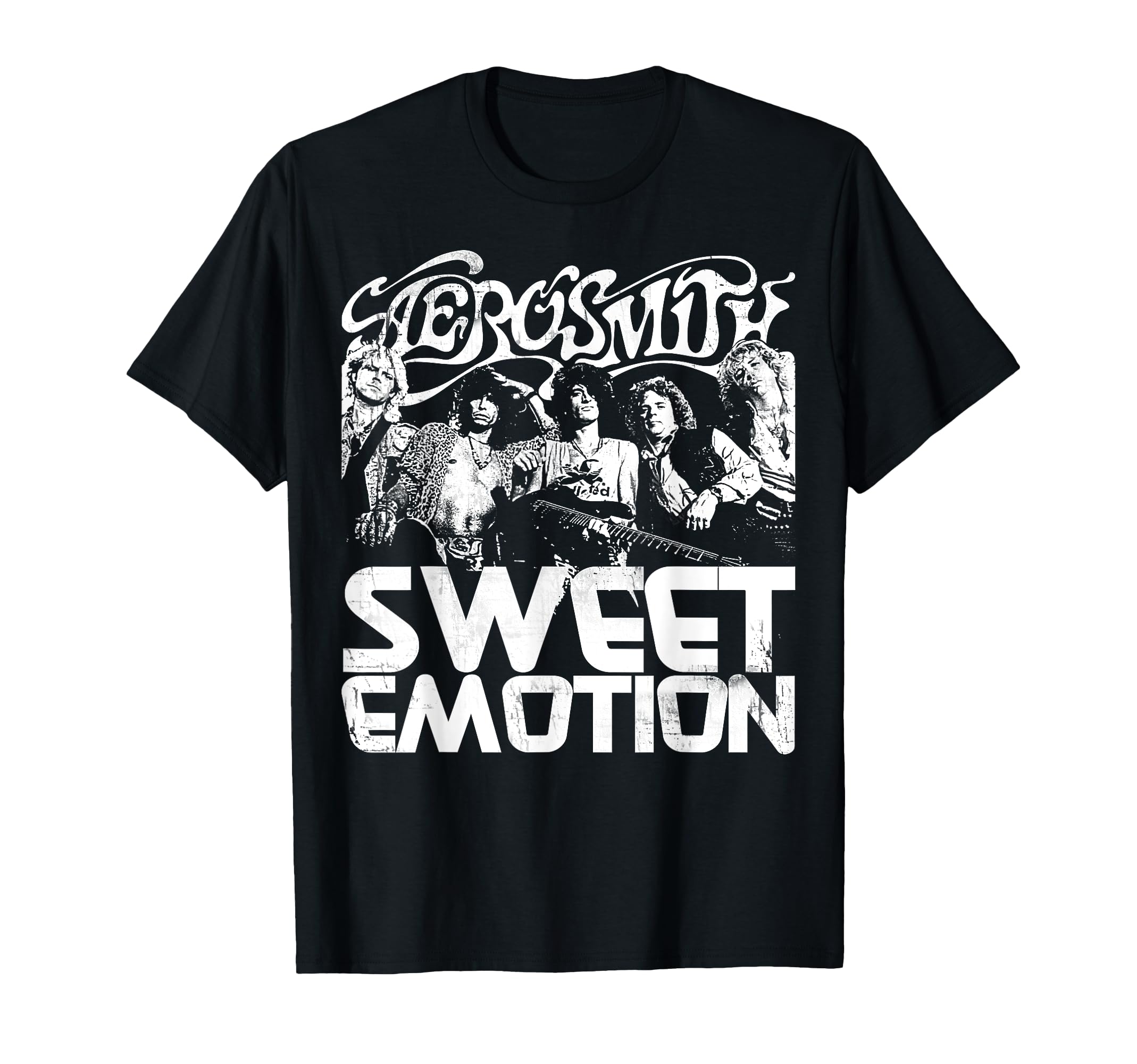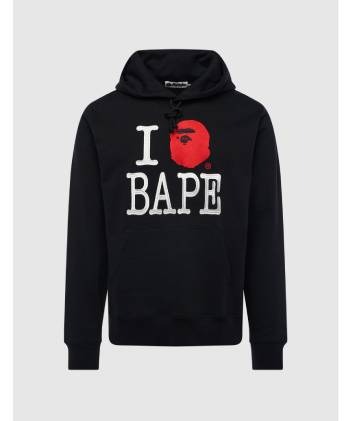Introduction to Bape (A Bathing Ape)
When we talk about luxury streetwear, Bape Clothing (A Bathing Ape) instantly comes to mind. This Japanese brand is more than just clothing—it’s a lifestyle, a symbol of exclusivity, and a fashion statement that blends urban culture with luxury appeal. Founded by Tomoaki Nagao, better known as Nigo, Bape started in the bustling streets of Harajuku, Tokyo, back in 1993. What made it different from the beginning was its refusal to follow mainstream trends. Instead, Bape carved its own lane, combining Japanese creativity with Western street influences.
The name “A Bathing Ape” comes from the Japanese phrase “A bathing ape in lukewarm water,” which metaphorically refers to overindulgence—a subtle commentary on consumer culture. From its early years, Bape embraced scarcity as a business model, releasing small quantities of items to create hype and demand. This scarcity-driven approach soon became the backbone of streetwear marketing worldwide.
Bape didn’t just sell clothes; it sold identity and culture. For the youth in Japan, owning a Bape hoodie or t-shirt wasn’t about fashion alone—it was a badge of belonging to an exclusive tribe. As hip-hop culture spread globally, Bape naturally aligned itself with rap icons, cementing its reputation across borders. Today, Bape is more than a clothing brand; it’s a movement that redefined how people view fashion, art, and exclusivity.
What Makes Bape Clothing Superior?
Not all streetwear is created equal. Many brands exist, but Bape clothing stands out for multiple reasons that make it truly superior. Let’s break down what gives Bape its edge.
First, the unique design aesthetics set Bape apart. Its signature camo patterns, shark hoodies with full-zip faces, and playful motifs like Baby Milo are instantly recognizable. Unlike generic prints that other brands replicate, Bape’s designs are bold, vibrant, and infused with a sense of Japanese street artistry. These visuals create instant brand recognition, even from a distance.
Second, Bape thrives on limited-edition drops. Instead of flooding the market, Bape intentionally keeps supply scarce, which fuels hype and demand. Every drop feels like an event, with fans lining up outside stores or rushing online to secure their favorite pieces before they sell out. This exclusivity transforms clothing into collectibles.
Third, Bape has mastered the art of collaborations. From Nike and Adidas to Marvel, Pepsi, and even luxury houses, Bape consistently partners with global giants to create one-of-a-kind pieces. These collaborations not only push boundaries but also elevate Bape into the realm of cultural currency—you’re not just wearing a hoodie; you’re wearing a piece of fashion history.
Ultimately, what makes Bape superior is its fusion of creativity, exclusivity, and community. It doesn’t just sell clothes—it sells status, culture, and identity, making it one of the most influential streetwear labels in the world.
The Evolution of Bape Streetwear
Bape’s journey from a small Harajuku boutique to a global fashion powerhouse is nothing short of fascinating. In the early 2000s, Bape exploded onto the international scene, thanks largely to hip-hop artists who embraced its bold designs. Icons like Pharrell Williams, Kanye West, and Lil Wayne wore Bape religiously, turning the brand into a must-have for anyone in the music industry. Bape hoodies, sneakers, and camo prints became symbols of wealth and success in the rap world.
As streetwear became more mainstream, Bape transitioned from being an underground Japanese brand to a global cultural force. Its expansion into the U.S., Europe, and beyond solidified its reputation. Bape stores in New York, London, and Hong Kong became hotspots for fashion enthusiasts and celebrities alike.
Today, Bape has managed to remain relevant in a fast-changing fashion world by constantly reinventing itself while staying true to its roots. Whether it’s launching new collaborations, re-releasing classic pieces, or experimenting with futuristic designs, Bape maintains a delicate balance between nostalgia and innovation.
In short, the evolution of Bape shows how a niche Japanese street label transformed into a global icon—and it continues to set trends in the world of luxury streetwear.
Popular Bape Clothing Collections
Bape isn’t just one thing—it’s a collection of signature pieces that fans chase after year after year. Some of its most iconic collections have defined the brand’s identity and remain at the heart of its popularity.
The most famous is undoubtedly the Bape Shark Hoodie. With its full-zip shark face that covers the entire head, it became a cultural phenomenon. Part streetwear, part art piece, the shark hoodie represents everything Bape stands for—boldness, creativity, and exclusivity.
Next, the Bape camouflage patterns are legendary. Unlike traditional military camo, Bape introduced colorful versions in shades of blue, pink, and purple. This unique take on camo made Bape instantly recognizable and set it apart from every other streetwear brand.
Lastly, Bape sneakers have also played a huge role in the brand’s legacy. The Bapesta, heavily inspired by Nike’s Air Force 1, became an instant classic. With glossy patent leather finishes and bold star logos, the Bapesta was loved by sneakerheads worldwide and worn by countless celebrities.
Each of these collections tells a story, making them more than just clothing—they’re pieces of cultural history that fans treasure like art.
Why Streetwear Enthusiasts Love Superior Bape Clothing
So, why does Bape inspire such dedication and obsession among streetwear enthusiasts? The answer lies in a mix of celebrity influence, exclusivity, and culture.
Celebrities have played a massive role in making Bape a global sensation. Bape Hoodie When hip-hop icons like Kanye West, Jay-Z, and Pharrell wore Bape, fans followed suit. Today, modern stars like Travis Scott and Drake continue to keep Bape in the spotlight, ensuring its relevance with younger generations.
Another reason is the high resale value. Bape isn’t just clothing—it’s an investment. Limited drops often sell out instantly, and resellers flip items at double or triple the retail price. For collectors, owning rare Bape pieces is like owning a piece of art or vintage luxury.
Lastly, Bape has created a community-driven lifestyle. Fans connect through online forums, sneaker conventions, and fashion events. Owning Bape isn’t just about fashion—it’s about belonging to a tribe that values creativity, exclusivity, and authenticity.
This combination of celebrity power, investment potential, and community makes Bape one of the most beloved streetwear brands in history.
The Influence of Hip-Hop on Bape’s Popularity
One of the biggest reasons Bape clothing reached international fame is its deep connection with hip-hop culture. In the early 2000s, hip-hop was rapidly becoming the dominant voice in global music, shaping everything from language to fashion. Bape perfectly fit into this movement with its bold, unapologetic designs that reflected the confidence and individuality celebrated in hip-hop.
When Pharrell Williams started wearing Bape, the world took notice. Pharrell wasn’t just a rapper; he was a tastemaker, a cultural architect who set trends rather than followed them. Soon after, Kanye West was seen rocking Bapestas, further cementing the brand’s place in the hip-hop wardrobe. Lil Wayne, known for his eccentric style, also adopted Bape as part of his signature look, turning the shark hoodie into a symbol of rap royalty.
Hip-hop artists didn’t just wear Bape—they made it part of their lyrics, their videos, and their public personas. This level of endorsement transformed Bape from a Japanese niche brand into a global cultural phenomenon.
Even today, modern rappers like Travis Scott, Migos, and Future continue to embrace Bape, ensuring that the brand remains tied to the pulse of street culture. Bape’s success story would not be complete without hip-hop’s influence—it was the perfect marriage of music and fashion that catapulted Bape into the mainstream.
How Bape Became a Global Fashion Symbol
Bape’s rise wasn’t limited to hip-hop—it became a global fashion symbol admired across different cultures and continents. What makes this especially interesting is how Bape managed to balance Japanese street culture roots with Western luxury appeal.
Opening flagship stores in cities like New York, London, Hong Kong, and Paris was a strategic move. These stores weren’t just retail spaces; they were immersive experiences. Fans lined up for hours, sometimes days, just to get their hands on limited drops. Shopping for Bape became a cultural event, much like attending a concert or festival.
Another factor in its global success was collaboration with international brands. From working with Adidas, Nike, and Reebok to creating crossover products with Pepsi, Coca-Cola, and Marvel Comics, Bape positioned itself at the intersection of streetwear, pop culture, and luxury. These collaborations allowed the brand to reach audiences beyond hardcore streetwear fans.
Furthermore, social media amplified Bape’s global reach. Instagram influencers, YouTube vloggers, and TikTok creators proudly showcased their Bape fits, further spreading its influence worldwide. As a result, Bape became more than a Japanese brand—it became a universal symbol of street luxury, appealing to anyone who wanted to blend style with exclusivity.
The Art of Bape Collaborations
If there’s one thing that keeps Bape exciting year after year, it’s the brand’s ability to reinvent itself through collaborations. Unlike many fashion houses that stick to their own aesthetic, Bape thrives on creative partnerships that blend different worlds into something unique.
Take, for example, the legendary Bape x Adidas and Bape x Nike collaborations. These sneaker drops were monumental, often selling out within minutes. The designs combined Bape’s iconic camo prints with the classic silhouettes of Adidas Superstars and Nike Air Force 1s, creating pieces that sneakerheads still treasure today.
But Bape doesn’t limit itself to sportswear. Its collaboration with Marvel Comics brought Spider-Man, Iron Man, and Captain America into streetwear fashion, turning comic book heroes into wearable art. Similarly, Bape’s partnership with Pepsi created collectible cans and apparel that blurred the line between branding and lifestyle.
These collaborations aren’t just marketing stunts—they’re carefully curated projects that tap into different fan bases. Whether it’s gamers through PlayStation collabs or luxury enthusiasts through high-end fashion tie-ins, Bape knows how to keep itself fresh and relevant.
In essence, Bape has turned collaborations into an art form, blending cultures, industries, and fandoms to create unforgettable pieces that live far beyond the clothing racks.
The Craftsmanship and Quality of Superior Bape Clothing
Beyond the hype and the celebrity endorsements, one of the most underrated aspects of Bape is its commitment to quality craftsmanship. While some streetwear brands focus solely on hype, Bape ensures that its products maintain a premium standard, which is why fans are willing to pay top dollar.
Bape uses high-quality fabrics, durable stitching, and innovative printing techniques to deliver long-lasting clothing. For example, the brand’s hoodies aren’t just stylish—they’re made with heavyweight cotton blends that retain their shape and color even after multiple washes. This durability makes Bape items practical for daily wear, not just collectibles.
The attention to detail is another hallmark of Bape’s superiority. From embroidered logos and custom zippers to the vibrant camo prints that never fade, every piece is designed with precision. The shark hoodie, for instance, isn’t just a gimmick—it’s a carefully engineered garment with multiple stitched elements that come together as wearable art.
This dedication to craftsmanship elevates Bape above fast-fashion imitators. While others may try to replicate the aesthetic, they cannot match the superior build, feel, and exclusivity of authentic Bape clothing. Owning Bape is not just about style; it’s about investing in quality that stands the test of time.
Bape vs. Other Streetwear Brands
Streetwear has exploded in recent years, with brands like Supreme, Off-White, Palace, and Stüssy competing for global dominance. So, how does Bape hold up against these giants?
One major difference is heritage. While Supreme and Off-White focus heavily on the Western market, Bape brings its Japanese street culture roots, which adds a unique cultural dimension to its appeal. Bape’s playful designs, colorful camo, and anime-inspired graphics give it a distinct identity that no other brand can replicate.
Another difference lies in exclusivity. While Supreme is famous for its limited drops, Bape takes scarcity to another level. Many Bape releases are Japan-exclusive, making them even harder to acquire for international fans. This rarity boosts both desirability and resale value.
In terms of collaborations, Bape stands in a league of its own. While other brands collaborate with artists or fashion houses, Bape’s range is unparalleled—from global pop culture icons to niche Japanese designers, it has mastered the art of creating hype through diversity.
Ultimately, Bape doesn’t just compete with other streetwear labels—it coexists as a pillar of the culture. For many enthusiasts, Bape is not just another brand; it’s a status symbol that represents the golden era of streetwear while continuing to evolve with modern trends. Shop Now





